A measured approach
Understanding our impact is paramount – it drives improvement. That’s why we measure our emissions to the atmosphere and convert the data to the carbon dioxide equivalent.
We’re aiming to reduce our methane emissions in the UK by 80% by 2030.
Setting hard targets has driven us to focus on pioneering robotic, autonomous and digital technology developments. For example, our aerial sensor technology AUSEA (Aerial Ultralight Spectrometer for Environmental Applications). We monitor methane in other ways too, such as stack testing, fugitive surveys and Combustor flare modelling.
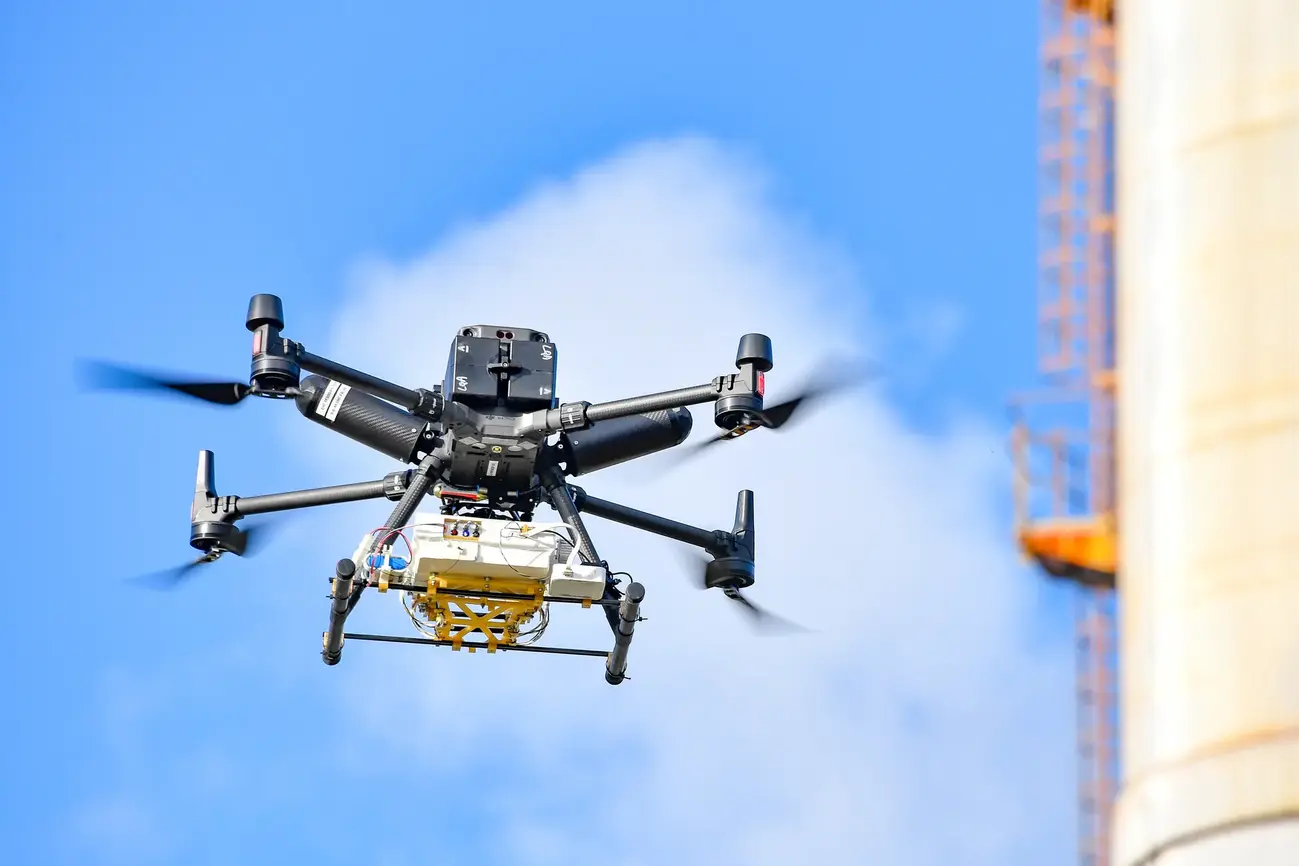
AUSEA – a one-of-a-kind technology by TotalEnergies
Mounted on a drone, the AUSEA gas analyser, developed by TotalEnergies and its R&D partners, consists of a dual sensor capable of detecting methane and carbon dioxide emissions, while at the same time identifying their source.
This technology marks a step change in methane emissions detection and measurement compared to traditional techniques. By allowing access to hard-to-reach emission points, on all types of industrial facilities, both offshore and onshore, AUSEA is reputed as one of the most accurate technologies in the industry.
Making progress
Reducing our emissions is a commitment that runs through all our teams and sites, both on and offshore. We know that operational stability and reliable equipment are the fastest routes to lowering our emissions.
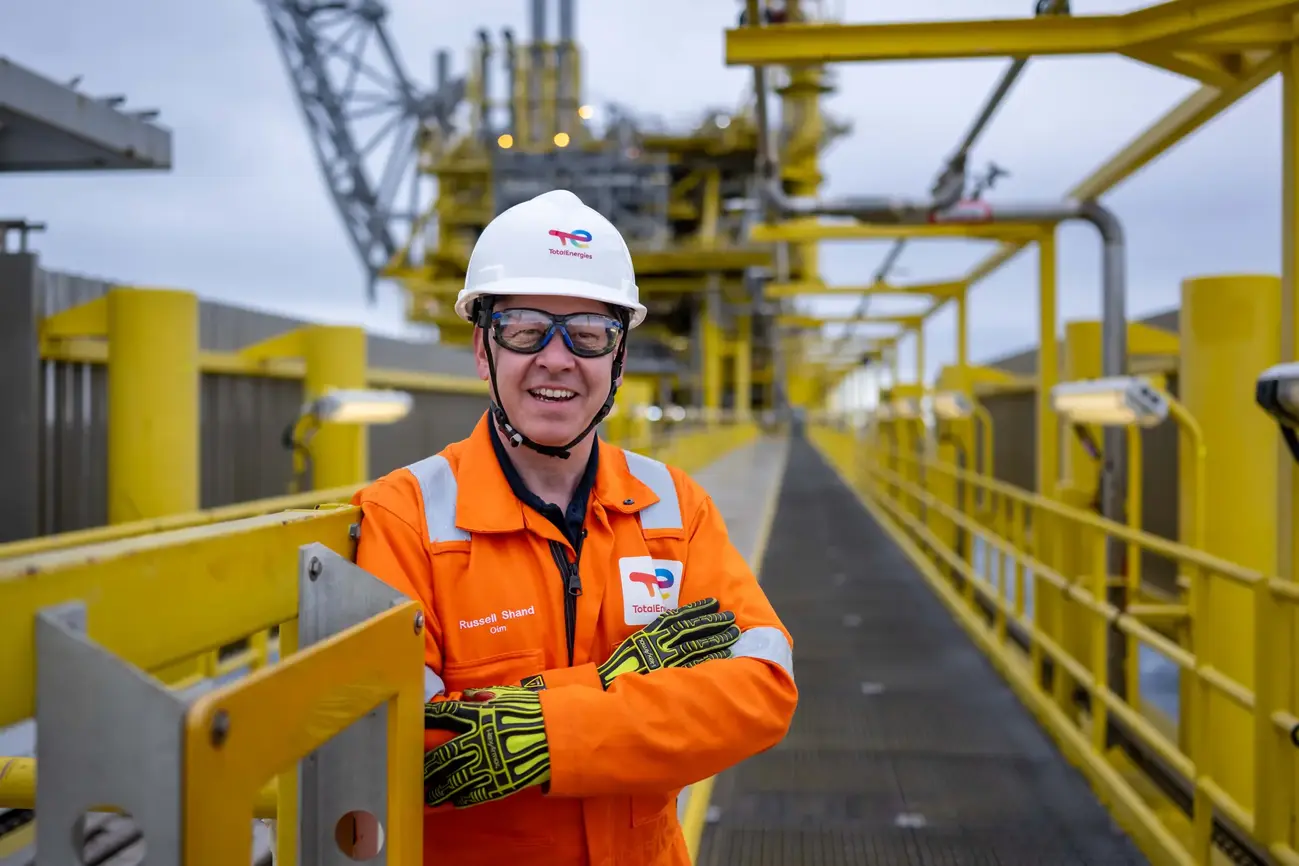
Roadmaps for every asset
Every site has its own dedicated emissions reduction roadmap, built by the asset team, with support from the Environment & Emissions team. Roadmaps differ for the age and stage of each asset and focus on the highest source of emissions, including flaring, venting and fuel gas consumption.
The asset team analyses viability and develops a business case for an emissions reduction project, which could be anything from a large-scale CAPEX investment to a small change in operating practices.
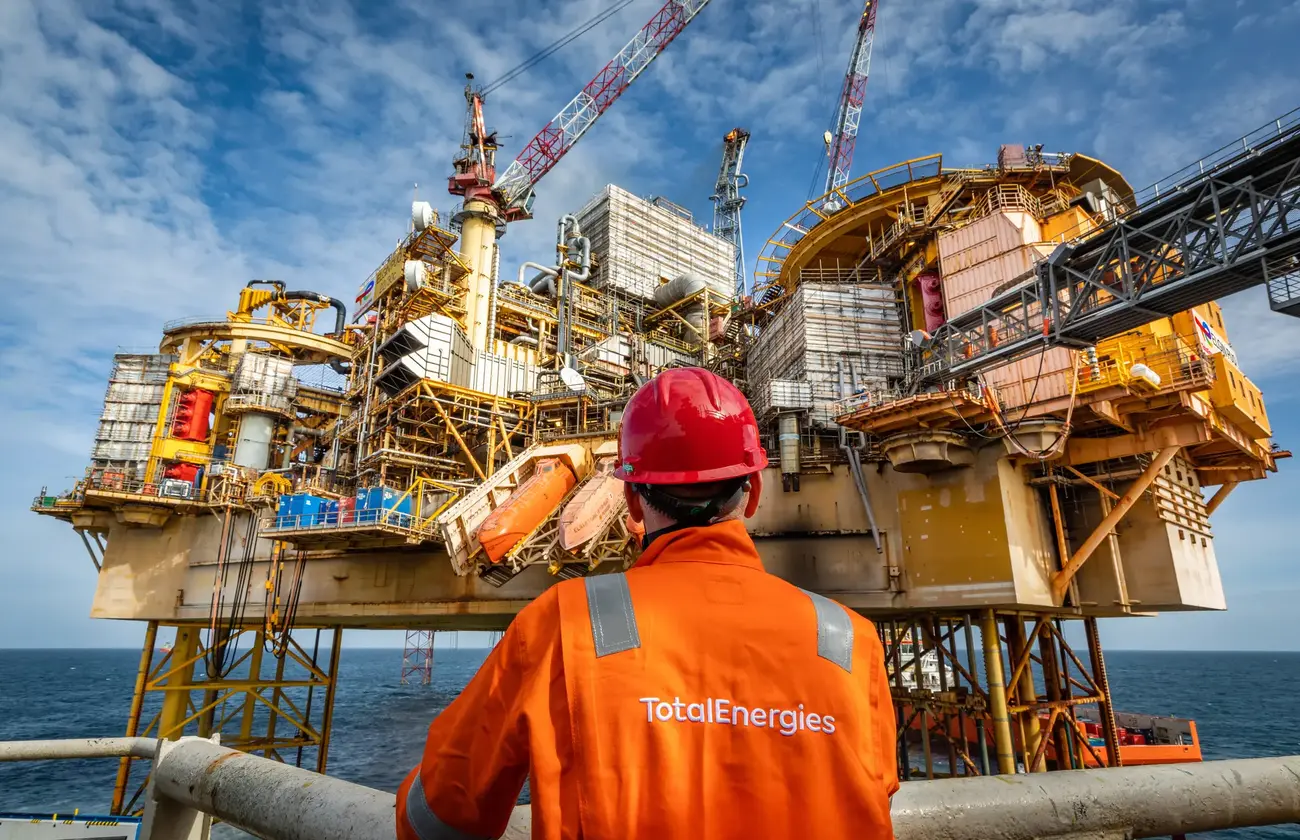
Recovering flare gas
Elgin-Franklin is one of the largest producing installations on the UK Continental Shelf. In 2025, it will be the first in TotalEnergies’ UK portfolio to implement a flare gas recovery system (FGRS).
This involves capturing gas from the low-pressure flare and compressing it, allowing the gas to be recovered, processed and exported to market while reducing emissions.
The FGRS and vent re-route will stop routine gas flaring on Elgin, and most methane venting, reducing overall flaring volume by 35%. The project is predicted to save around 34 kt of CO2e each year.
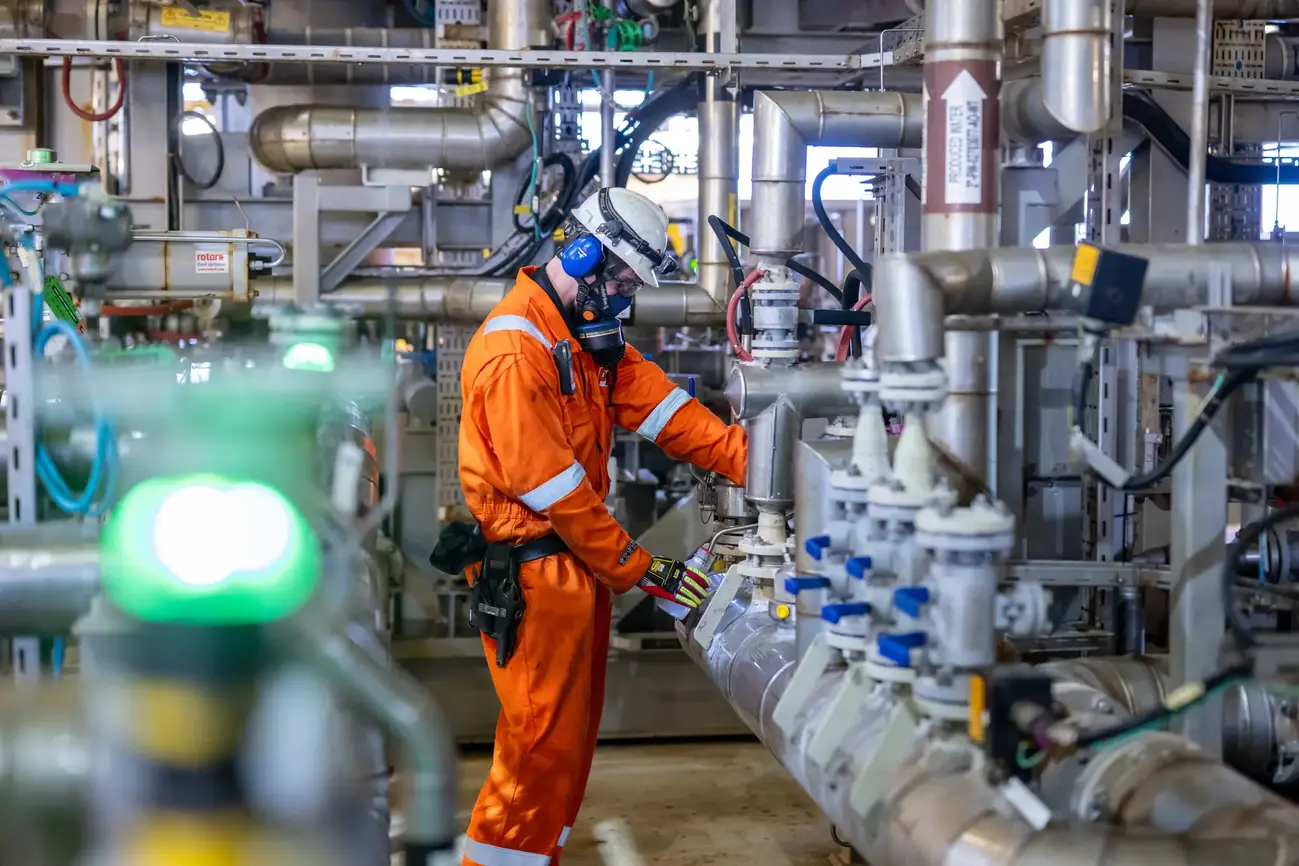
Fuel gas
By optimising power demand across our sites, we’ve been able to reduce the equipment running at any one time.
We’ve scaled back the number of power generators in use on Alwyn, at Shetland Gas Plant and on Elgin-Franklin where we’ve cut back to just one. The result is a combined emissions reduction of 90 kt CO2e per year.
We’ve also optimised the seawater lift pumps in use on Elgin-Franklin, Alwyn and Dunbar.
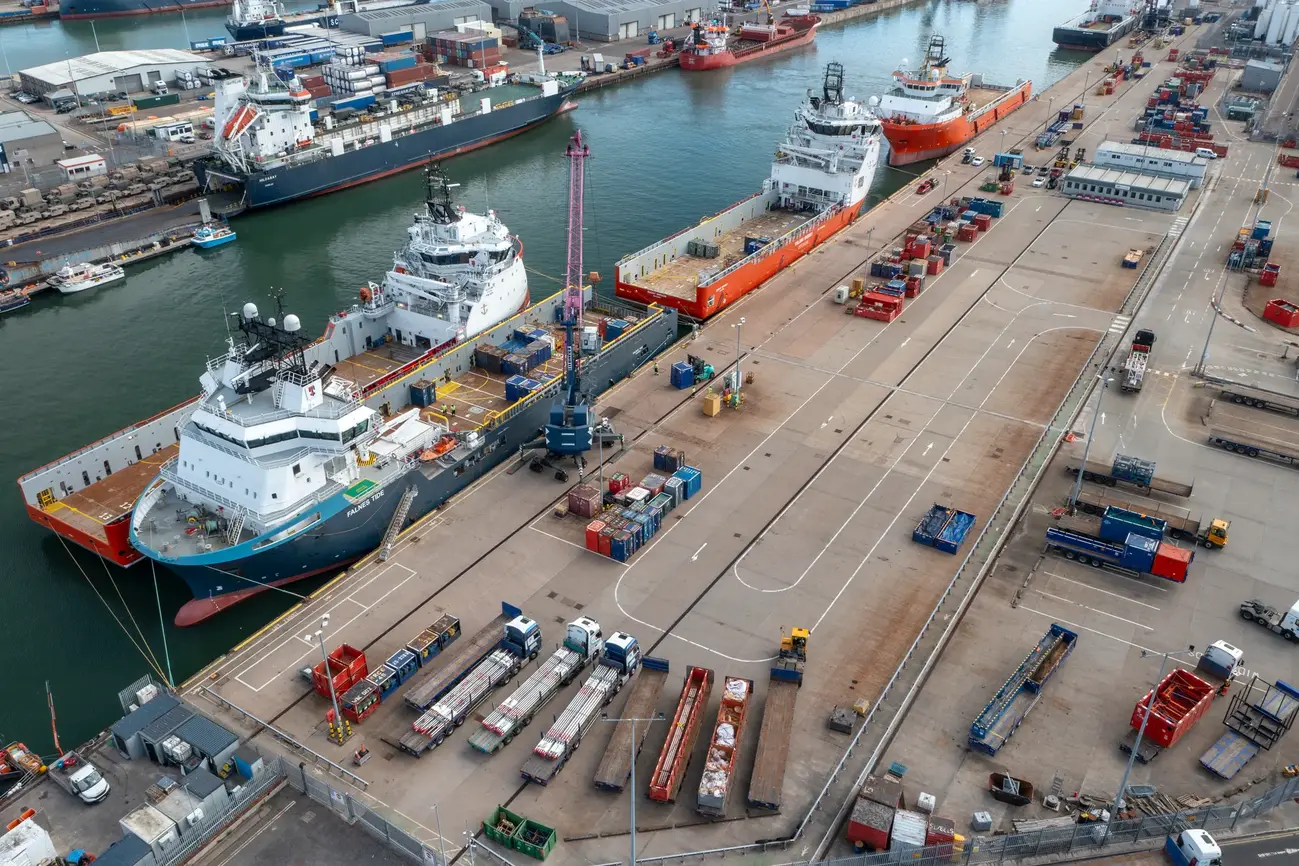
Liquid fuel
We’ve made good progress in the reduction of liquid fuel emissions from optimising our use of production supply vessels. Reducing the number of term vessels, sailings and associated fuel use have resulted in savings of 10 kt of CO2e.
Emissions data is now more visible than ever and we’re backing up our reduction efforts with sizeable budgets. I’m most proud of the work we did to reduce the number of generators on Alwyn. It marked a step change in our emissions, but also a big change in mindset.
Carbon Footprint Reduction Lead, Northern North Sea

Environmental Statement 2024
Our Annual Environmental Statement provides an overview of the environmental performance of our UK Exploration & Production operations throughout 2024.